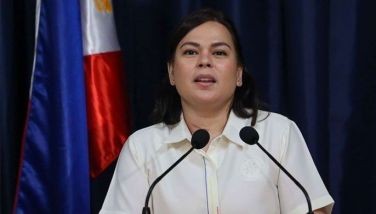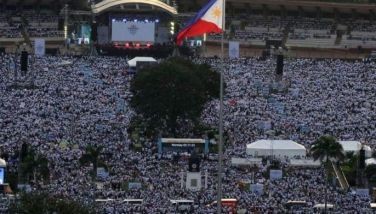Pandemic delays poverty reduction in AsPac by at least 2 years – ADB
MANILA, Philippines — COVID-19 has pushed back poverty alleviation efforts in Asia Pacific by at least two years, and many are likely to find it more difficult to get out of poverty even there are signs of economic recovery, the Asian Development Bank (ADB) said.
In its Key Indicators for Asia and the Pacific 2022 report released yesterday, the multilateral lender said “forecasts suggest that economic growth in 2022 will only reduce the prevalence of extreme poverty in Asia and the Pacific to what it would have been in 2020 had the pandemic not occurred.”
ADB defines extreme poverty as those living off less than $1.90 a day.
The bank also said those with lower pre-pandemic levels of social mobility, or the ability to escape poverty, are likely to experience longer-lasting setbacks.
While there are signs of recovery due to the acceleration of vaccine rollouts and reopening of economies, the ADB said progress is uneven.
It also said the potential for stagflation, geopolitical tensions, looming threats to food security, and energy price shocks may hinder economic growth in the region.
“The poor and the vulnerable have been hit hardest by COVID-19, and while economies are recovering, many people may find that getting out of poverty is even more difficult than before,” ADB chief economist Albert Park said.
“Governments in the region should focus on resilience, innovation, and inclusiveness to provide more balanced economic opportunities and greater social mobility for everyone,” he said.
In the Philippines, data released by the Philippine Statistics Authority earlier this month showed that the poverty incidence or the proportion of people whose per capita income cannot meet the basic needs was at 18.1 percent in 2021, translating to 19.99 million poor Filipinos.
Prior to the pandemic, poverty incidence in the country was on a downward trend to 16.7 percent or 17.67 million poor Filipinos in 2018 from 23.5 percent or 23.68 million Filipinos in 2015.
“Without the emergency cash assistance program provided by the government, poverty conditions could have been worse,” Rhodora Alday, director of the Policy Development and Planning Bureau at the Department of Social Welfare and Development said in a webinar for the ADB report.
Citing simulations made by the Philippine Institute for Development Studies, she said the number of poor Filipinos could be higher if not for the social amelioration program of the government.
She said the lack of job security and access to unemployment insurance led to the pandemic having a greater impact on poor Filipinos.
The government is aiming is to bring down the poverty rate to a single-digit level of nine percent by 2028.
Socioeconomic Planning Secretary Arsenio Balisacan said earlier, the goal could be achieved by improving the quality of growth through the creation of quality jobs in the formal sector and enhancing the social protection system.
- Latest
- Trending





























